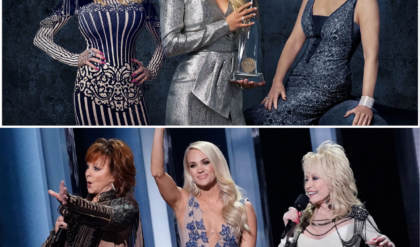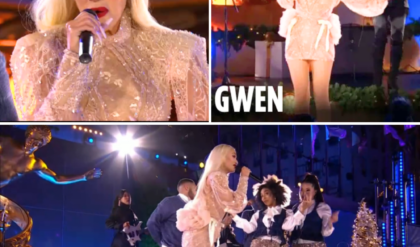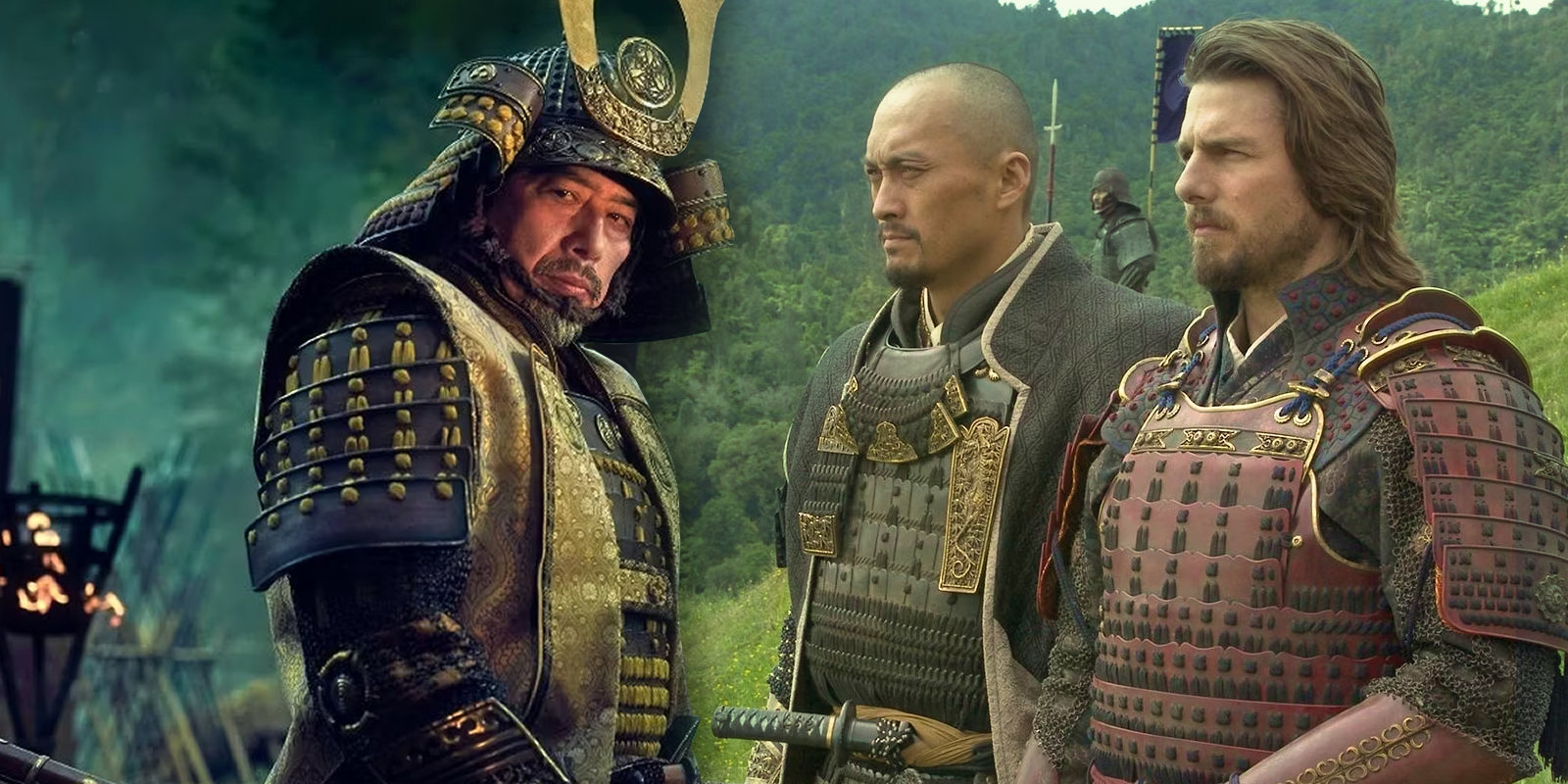
A foreigner arrives in feudal Japan, becomes a samurai, and forever changes the island nation’s trajectory. That’s the basic premise of FX limited series Shōgun, however, it also describes 2003 blockbuster The Last Samurai, as well.
But here’s the thing: Shōgun is widely (and rightly) acclaimed as a brilliant historical drama, while The Last Samurai is now largely dismissed as an outdated relic. So, how does Shōgun get away with telling pretty much the same story as The Last Samurai in 2024?
The Key Difference Between Shōgun and The Last Samurai
Certainly, Shōgun doesn’t set itself apart through its choice of source material. Like the 1975 James Clavell novel it’s based on, Shōgun is a fictionalized retelling of English sailor William Adams’ real-life exploits in Japan during the 1600s. The made-up protagonist of the book and show, John Blackthorne, has many of the same experiences as Adams, even becoming a samurai. The Last Samurai‘s Nathan Algren is similarly based on two other historical figures – Eugène Collache and Jules Brunet – who likewise integrated into feudal Japan’s society, albeit 200 or so years later.
As such, Shōgun and The Last Samurai overlap in many ways. Both feature scenes in which their respective leads learn Japanese, undergo brutal swordplay training, and come to appreciate the local culture. They even share the same basic “forbidden love” romantic subplot. What’s more, Shōgun and The Last Samurai both emphasize verisimilitude in their approaches to production design. Their sets, costumes, locations (even though neither was actually shot in Japan), and overall milieu all reflect a tremendous amount of research and care.
So, on paper, Shōgun and The Last Samurai are practically identical. But for all their similarities, the two productions differ in one key respect: perspective.
The Last Samurai Is Too in Love With Feudal Japan
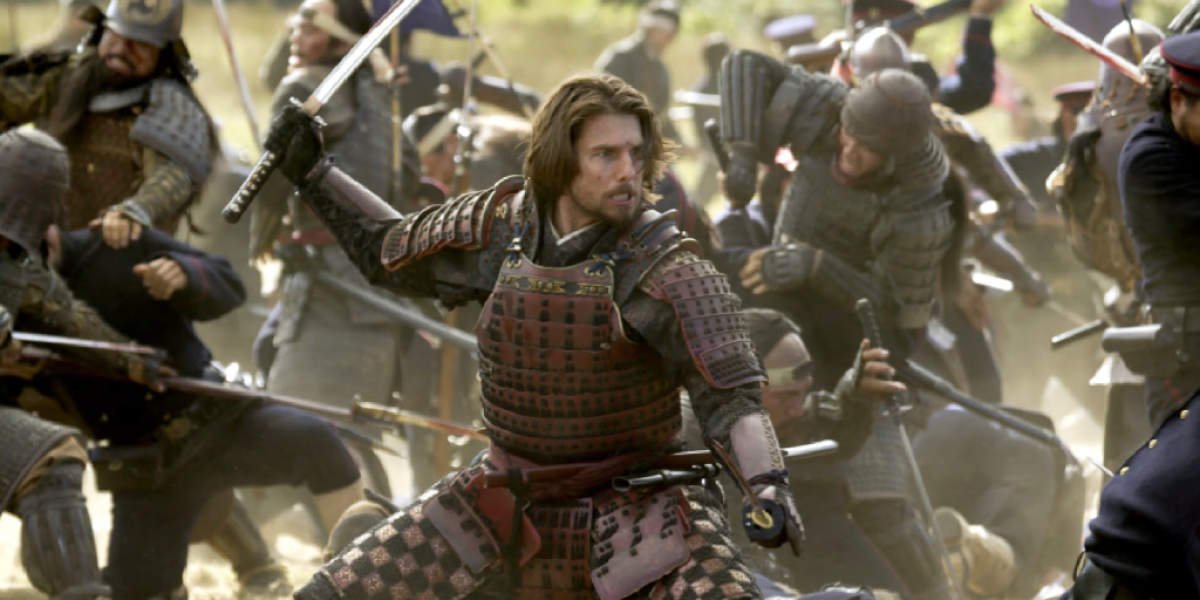
Don’t get me wrong: The Last Samurai is an undeniably well-made and well-intentioned flick. Heck, it boasts a largely Japanese cast – something unheard of in the mid-2000s. More than that, it’s just straight-up entertaining. If I walk in the room and the movie is on, there’s a decent chance I’m sitting down and watching it to the end. But there’s no escaping the fact that The Last Samurai is clearly the product of a Western filmmaker, co-writer/director Edward Zwick, tackling an Eastern story.
Chiefly, The Last Samurai presents the samurai in such a romanticized way, it borders on fetishization. It’s how we view the samurai in the West – as noble, borderline two-dimensional warriors. Do the Japanese themselves have a history of occasionally depicting the samurai in an equally flattering light? Sure. But they’re also much less blind to the samurai’s faults. After all, at their peak, the samurai were effectively feudal Japan’s ruling class and acted accordingly. Shōgun – with its scheming regents and treacherous lords – fully embraces this truth.
By contrast, The Last Samurai isn’t at all interested in such nuance. Instead, it steadfastly refuses to view feudal Japan through anything other than rose-tinted glasses. Everything is couched in binary terms. The samurai and their traditional weapons are good and self-sacrificing. The modernizers in their Western clothes with their Western weapons are misguided at best, wicked at worst.
Again, Shōgun rejects this position as both ahistorical and reductionist. Plenty of samurai were motivated by self-interest, and Shōgun shows this. Plenty of them weren’t against using guns or cannons, either; Shōgun shows this, too. And the caste system? Not so great for the average peasant – as Shōgun‘s rotting pheasant subplot at least pays lip service to. It’s not that showrunners Rachel Kondo and Justin Marks want to drag Japanese culture or imply that Western encroachment wasn’t wildly exploitative. They’re just keen for us to understand that feudal Japan wasn’t perfect.
Shōgun Lets Its Japanese Characters Share the Spotlight
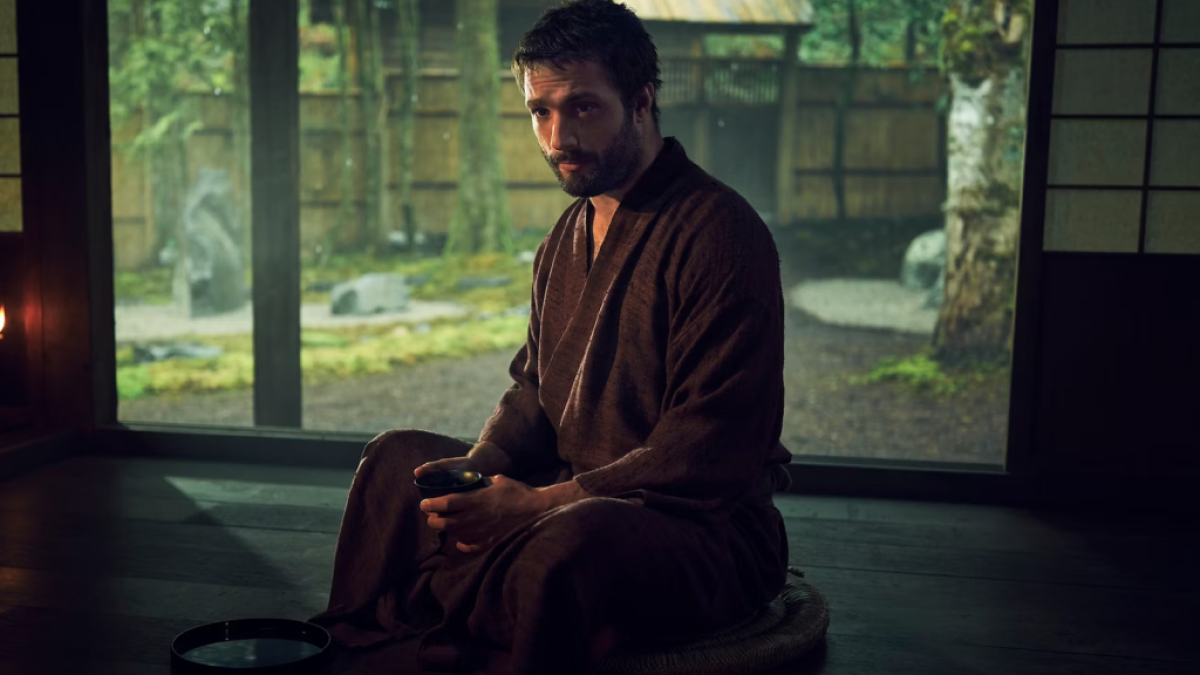
But more than the perspective of those behind the camera, what ultimately separates Shōgun and The Last Samurai is the point-of-view of their respective stories. The Last Samurai unfolds entirely from Algren’s POV. Yes, there’s plenty of growth for his samurai buddy Katsumoto and future bae Taka, but it’s really about Algren overcoming his demons and finding purpose again – which he does by rallying the last-ever samurai for one final, epic battle. It’s rousing stuff. It’s also a pretty textbook “white savior” narrative. But hey, “different time” and all that.
The Shōgun novel was much the same; we experience most events through Blackthorne’s eyes. However, for the show, Kondo and Marks have expanded the source material’s perspective to better encompass those around Blackthorne. It would’ve been easy for them to go overboard in a handwringing way here, minimizing (or even vilifying) Blackthorne’s part in proceedings. Yet Kondo and Marks went a smarter route, making the likes of Yoshii Toranaga and Toda Mariko equal POV characters, instead. We’re getting their side of the story, not just Blackthorne’s.
It’s balanced – and that’s ultimately how Shōgun gets away with running back The Last Samurai‘s story in 2024.
